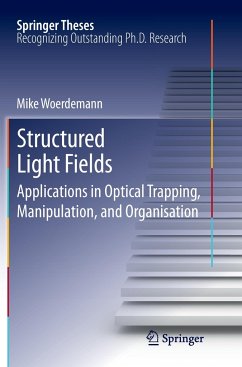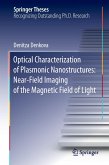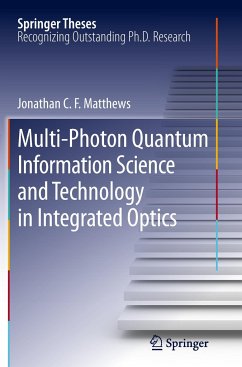The optical trapping of colloidal matter is an unequalled field of technology for enabling precise handling of particles on microscopic scales, solely by the force of light. Although the basic concept of optical tweezers, which are based on a single laser beam, has matured and found a vast number of exciting applications, in particular in the life sciences, there are strong demands for more sophisticated approaches. This thesis gives an introductory overview of existing optical micromanipulation techniques and reviews the state-of-the-art of the emerging field of structured light fields and their applications in optical trapping, micromanipulation, and organisation. The author presents established, and introduces novel concepts for the holographic and non-holographic shaping of a light field. A special emphasis of the work is the demonstration of advanced applications of the thus created structured light fields in optical micromanipulation, utilising various geometries and unconventional light propagation properties. While most of the concepts developed are demonstrated with artificial microscopic reference particles, the work concludes with a comprehensive demonstration of optical control and alignment of bacterial cells, and hierarchical supramolecular organisation utilising dedicated nanocontainer particles.








